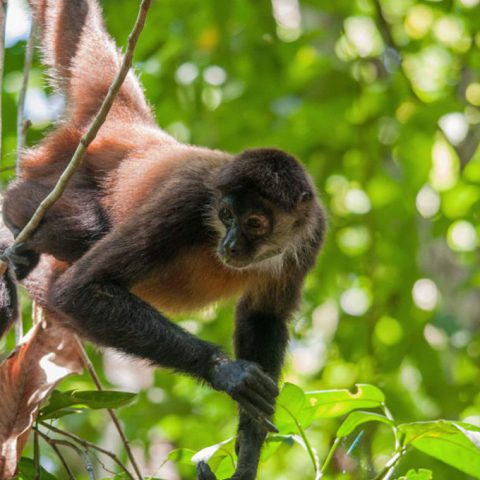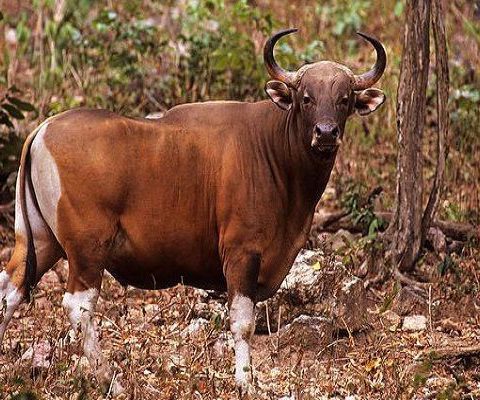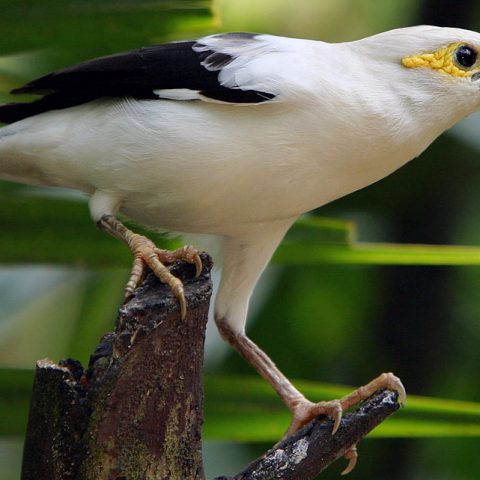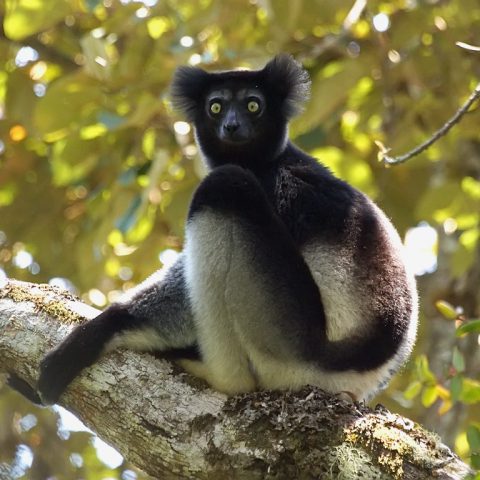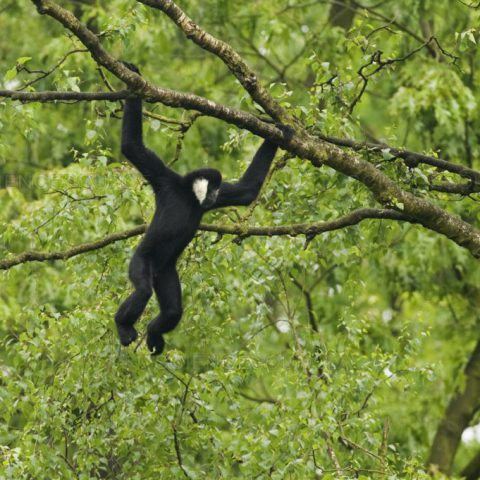Helmeted Hornbill
![]() Critically Endangered
Critically Endangered
Population
An accurate estimation of the remaining Helmeted Hornbill population is not easily achieved due to the difficulty monitoring the species.
Size
The species grows to be around 1.1 to 1.2 metres in body size with tail feathers often being a further 50 centimetres in length.
Weight
The weight of the species is between 2.7 to 3.1 kilograms.
Countries
Malaysia, Indonesia, Brunei, Myanmar, Thailand
Distribution
The species is found across Sumatra, Borneo and Brunei in Indonesia, along the Malay peninsula in Malaysia, Thailand and Myanmar is tropical forests.
Description
The Helemted Hornbill has a blackish plumage, except that the belly and legs are white and the tail is white with a black band near the tip of each feather. The tail contains 2 long central feathers which gives the Helmeted Hornbill the largest length of all hornbill species.
This species has a bare, wrinkled throat patch, pale blue to greenish in females and red in males. The casque goes from the base of the bill halfway to the tip, where it ends abruptly and along with the bill are yellow. The red secretion of the preen gland covers the sides and top of the casque and the base of the bill, but often leaves the front end of the casque and the distal half of the bill yellow.
Unlike other hornbills, the helmeted hornbill’s casque is solid, and the skull including the casque and bill may constitute 10 percent of the bird’s weight.

Quick Facts
The Helmeted Hornbill behaviour consists of:
- The casque of the males is used in head-to-head combat between males of the species often over territory
- The species will use its casque to aid in digging into wood and the ground to search for insects and prey
- Helmeted Hornbills have an unusual call that is unique to this species: a series of notes sounding like ‘took’ followed by what sounds like laughter
- The male and female helmeted hornbill can be distinguished by the colour of their throat pouches, which are red and turquoise respectively
- In pairs, the species builds a nest in a hollow tree and seal the opening with mud, faeces and food remains
- When the female hornbill begins incubating her eggs, the male uses mud to seal the nest hole entrance and feeds her through a small opening by regurgitating food from his throat pouch
The diet of the Helmeted Hornbill consists of mostly fruit with Figs being their favourites and where territorial disputes will most often occur, but they will occasionally eat insects.
The Helmeted Hornbill lives in tropical forested areas.
Helmeted Hornbills occur only at low population densities and are threatened by the rapid rates of forest loss. The escalation of illegal logging and land conversion, as well as forest fires, reduces the area of suitable habitat for the species.
The species also faces poaching threats as their horn is highly sought after by poachers.
Conservation Efforts
The Helmeted Hornbill Working Group is an organisation which works very hard to help protect the species and are in the midst of producing a 10 year plan which is aiming to increase Helmeted Hornbill populations.



